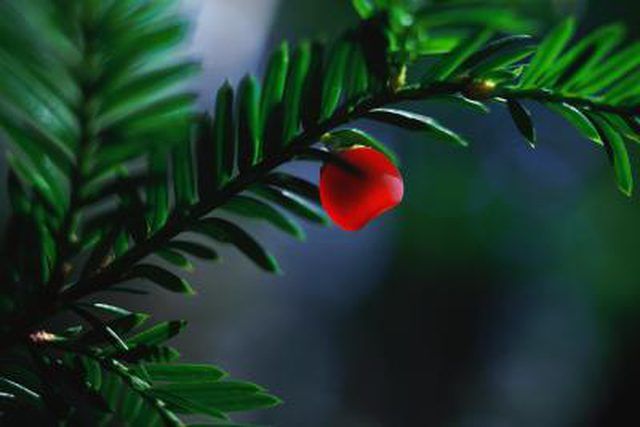Bulbs
Flower Basics
Flower Beds & Specialty Gardens
Flower Garden
Garden Furniture
Garden Gnomes
Garden Seeds
Garden Sheds
Garden Statues
Garden Tools & Supplies
Gardening Basics
Green & Organic
Groundcovers & Vines
Growing Annuals
Growing Basil
Growing Beans
Growing Berries
Growing Blueberries
Growing Cactus
Growing Corn
Growing Cotton
Growing Edibles
Growing Flowers
Growing Garlic
Growing Grapes
Growing Grass
Growing Herbs
Growing Jasmine
Growing Mint
Growing Mushrooms
Orchids
Growing Peanuts
Growing Perennials
Growing Plants
Growing Rosemary
Growing Roses
Growing Strawberries
Growing Sunflowers
Growing Thyme
Growing Tomatoes
Growing Tulips
Growing Vegetables
Herb Basics
Herb Garden
Indoor Growing
Landscaping Basics
Landscaping Patios
Landscaping Plants
Landscaping Shrubs
Landscaping Trees
Landscaping Walks & Pathways
Lawn Basics
Lawn Maintenance
Lawn Mowers
Lawn Ornaments
Lawn Planting
Lawn Tools
Outdoor Growing
Overall Landscape Planning
Pests, Weeds & Problems
Plant Basics
Rock Garden
Rose Garden
Shrubs
Soil
Specialty Gardens
Trees
Vegetable Garden
Yard Maintenance
How to Transplant Large Yew Bushes
How to Transplant Large Yew Bushes. Yew bushes are widely planted landscaping bushes that grow slowly, stay green year-round and require little maintenance. There are three types of yew: the upright, the rounded and the spreading forms. The spreading form is especially prone to overgrowing an area as the low branches often root and start new...

Yew bushes are widely planted landscaping bushes that grow slowly, stay green year-round and require little maintenance. There are three types of yew: the upright, the rounded and the spreading forms. The spreading form is especially prone to overgrowing an area as the low branches often root and start new plants. All of the yew bushes transplant well while they are young, but the older the plant gets, the longer the taproot and the greater the chance of death or deterioration. Plan the transplant for the fall when the temperatures are cooler and plant growth slows.
Things You'll Need
Shovel
Twine
Sawzall
Loppers
Tractor
Tarp
Water the yew bushes a couple of days before the day of transplantation. This will help the plant survive the shock of its roots being disturbed and will hold the soil together better. Soak each bush with 3 to 5 gallons of water, unless the soil is already damp.
Dig out the new hole in an area where the pH level is 6 to 6.5 and the soil drains well. Allow at least 3 feet of depth and width to make room for the transplanted yew.
Wrap the bush with twine to hold the branches out of the way during the transplant, pulling the lower branches up to the center of the plant.
Dig around the perimeter of each bush, staying out at least 18 inches from the main stem. Remove the dirt from the outer edge to make room for digging deeper under the yew bush.
Use a sawzall or loppers to cut roots as you expose them that lie outside the perimeter of the root ball. Dig out carefully around the roots, creating a rootball 3 feet wide by 3 feet deep.
Lift the yew plant from the hole, using either a tractor or several people with strong backs since the weight will range anywhere from 400 to 850 pounds. Set it on a tarp and drag it to the new planting site or use the tractor to transport the bush.
Set the rootball into the prepared hole and straighten the yew. Add soil to the hole, tamping it down with a pole tamper every few inches. Continue adding soil until you have filled the hole evenly with the ground surface.
Water the newly transplanted yew immediately after planting, and then as needed for the next six weeks to keep the soil damp until new growth resumes. Yews generally do not need extra watering once they are established.